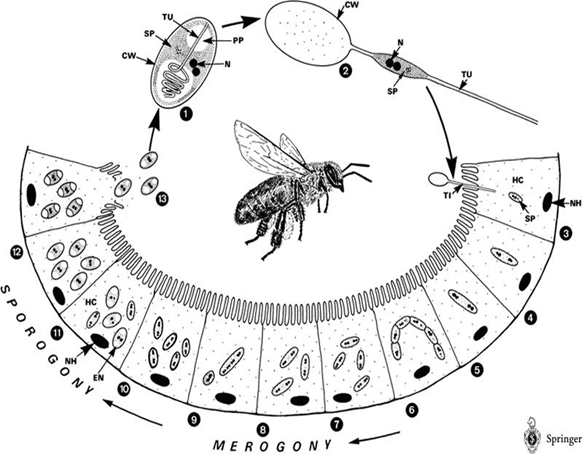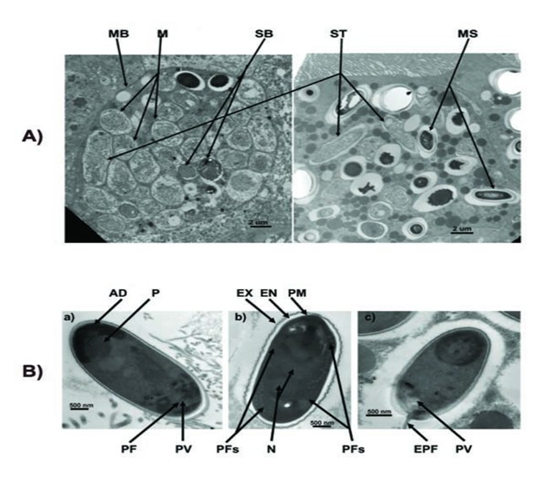Team:NYMU-Taipei/Project
From 2013.igem.org
Mastershot (Talk | contribs) |
|||
| (78 intermediate revisions not shown) | |||
| Line 1: | Line 1: | ||
| + | {{:Team:NYMU-Taipei/Header}} | ||
| + | <html> | ||
| + | <style> | ||
| + | .map { | ||
| + | position: relative; | ||
| + | margin: 0 auto; | ||
| + | width: 900px; | ||
| + | height: 735px; | ||
| + | background: url("https://static.igem.org/mediawiki/2013/5/54/NYMU-map.jpg") no-repeat; | ||
| + | background-size: 900px; | ||
| + | border: 5px solid #fff; | ||
| + | border-radius: 10px; | ||
| + | -moz-border-radius: 10px; | ||
| + | -o-border-radius: 10px; | ||
| + | } | ||
| + | .map div { | ||
| + | position: absolute; | ||
| + | } | ||
| + | .map div a img{ | ||
| + | position: relative; | ||
| + | float: left; | ||
| + | } | ||
| + | .enter { | ||
| + | width: auto; | ||
| + | top: 317px; | ||
| + | left: 365px; | ||
| + | } | ||
| + | .nosprout { | ||
| + | |||
| + | top:226px; | ||
| + | left:56px; | ||
| + | } | ||
| + | .Sensor { | ||
| + | top: 167px; | ||
| + | left: 700px; | ||
| + | border: 0; | ||
| + | } | ||
| + | .kill { | ||
| - | + | top:510px; | |
| - | + | left:200px; | |
| - | + | } | |
| - | + | .suiside { | |
| - | + | top:533px; | |
| - | + | left:565px; | |
| - | + | } | |
| - | + | .tag { | |
| - | + | position: absolute | |
| - | + | font-size: 1.5em; | |
| - | + | line-height: 1em; | |
| + | left: 60px; | ||
| + | z-index: 20; | ||
| + | } | ||
| + | .map div a:hover > h3{ | ||
| + | color: blue; | ||
| + | } | ||
| + | </style> | ||
| + | <h2 class="map-tytle"> | ||
| + | Project Design Map | ||
| + | </h2> | ||
| + | <h3> | ||
| + | Use the Clicks inside To See How Our Bee. coli Works! | ||
| + | </h3> | ||
| + | <div class="map"> | ||
| + | <div class="enter"> | ||
| + | <a href="https://2013.igem.org/Team:NYMU-Taipei/Project/Enter"> | ||
| + | <img src="https://static.igem.org/mediawiki/2013/9/98/NYMU-Enter.jpg" ></img> | ||
| + | <h3 class="tag" style="float: left; margin-left: 5px; padding-top: 160px;">Enter of Bee.coli</h3> | ||
| + | </a> | ||
| + | </div> | ||
| + | <div class="nosprout"> | ||
| + | <a href="https://2013.igem.org/Team:NYMU-Taipei/Project/Inhibition/Prohibition"> | ||
| + | <img src="https://static.igem.org/mediawiki/2013/8/89/NYMU-Sensor.jpg" ></img> | ||
| + | <h3 class="tag" style="padding-top: 130px;">Prohibiting Sprouting</h3> | ||
| + | </a> | ||
| + | </div> | ||
| + | <div class="Sensor"> | ||
| - | == | + | <a href="https://2013.igem.org/Team:NYMU-Taipei/Project/Inhibition/Sensor"> |
| + | <img src="https://static.igem.org/mediawiki/2013/b/bf/NYMU-Prohibit.jpg" ></img> | ||
| + | <h3 class="tag" style="margin-top= 10px;">Sensing Nosema</h3> | ||
| + | </a> | ||
| + | </div> | ||
| + | <div class="kill"> | ||
| - | + | <a href="https://2013.igem.org/Team:NYMU-Taipei/Project/Inhibition/Killing"> | |
| + | <img src="https://static.igem.org/mediawiki/2013/b/b2/NYMU-Kill.jpg"></img> | ||
| + | <h3 class="tag" style="padding-top: 50px;">Killing Nosema</h3> | ||
| + | </a> | ||
| + | </div> | ||
| + | <div class="suiside"> | ||
| - | + | <a href="https://2013.igem.org/Team:NYMU-Taipei/Project/Kill"> | |
| + | <img src="https://static.igem.org/mediawiki/2013/7/77/NYMU-Suiside.jpg"></img> | ||
| + | <h3 class="tag">Suicide Solution</h3> | ||
| + | </a> | ||
| + | </div> | ||
| + | </div> | ||
| - | + | </html> | |
| - | + | ===Backgroud knowledge of ''Nosema ceranae''=== | |
| + | Honey bee is a social insect and can be divided into several classes – queens, drones, and workers, which can further be classified into field bee (which is responsible for getting honey from the nature) and house bee (which is responsible for cleaning hives). However, a single bee (especially field bee) may fall ill to CCD when it intakes water or food contaminated by ''Nosema ceranae'' spores. What’s worse, CCD may in turn spread to other bees through exchanging substances via mouthparts or feeding food to sacbroods. | ||
| - | + | After getting into bees’ midgut, Nosema spores will germinate, elongate its polarfilament, and pierce into midgut epithelial cells to transmit its genetic material. After finishing several life cycles, the infected epithelial cells will burst, leading to the spread of Nosema spores to nearby epithelial cells. | |
| + | The life cycle of ''Nosema Ceranae'': | ||
| + | [[File: NYMU_life cycle of N.png|center]] | ||
| + | The spores of ''Nosema ceranae'': | ||
| + | [[File: NYMU_99.png|center]] | ||
| - | + | The method is to let bees ingest the encapsulated ''Bee. coli'', which is suspended in sugar solution and will proliferate in bees’ midgut to build up bees’ immunity. | |
| + | ===Circuit Regulation=== | ||
| + | <html> | ||
| + | <iframe width="420" height="315" src="//www.youtube.com/embed/MgXCWuwTfHQ" frameborder="0" allowfullscreen></iframe> | ||
| + | </html> | ||
| - | + | {{:Team:NYMU-Taipei/Footer}} | |
| - | + | ||
| - | + | ||
| - | + | ||
| - | + | ||
| - | + | ||
| - | + | ||
| - | + | ||
| - | + | ||
| - | + | ||
| - | + | ||
| - | + | ||
Latest revision as of 11:16, 14 October 2013


Project Design Map
Use the Clicks inside To See How Our Bee. coli Works!
Backgroud knowledge of Nosema ceranae
Honey bee is a social insect and can be divided into several classes – queens, drones, and workers, which can further be classified into field bee (which is responsible for getting honey from the nature) and house bee (which is responsible for cleaning hives). However, a single bee (especially field bee) may fall ill to CCD when it intakes water or food contaminated by Nosema ceranae spores. What’s worse, CCD may in turn spread to other bees through exchanging substances via mouthparts or feeding food to sacbroods.
After getting into bees’ midgut, Nosema spores will germinate, elongate its polarfilament, and pierce into midgut epithelial cells to transmit its genetic material. After finishing several life cycles, the infected epithelial cells will burst, leading to the spread of Nosema spores to nearby epithelial cells.
The life cycle of Nosema Ceranae:
The spores of Nosema ceranae:
The method is to let bees ingest the encapsulated Bee. coli, which is suspended in sugar solution and will proliferate in bees’ midgut to build up bees’ immunity.
Circuit Regulation
 "
"















